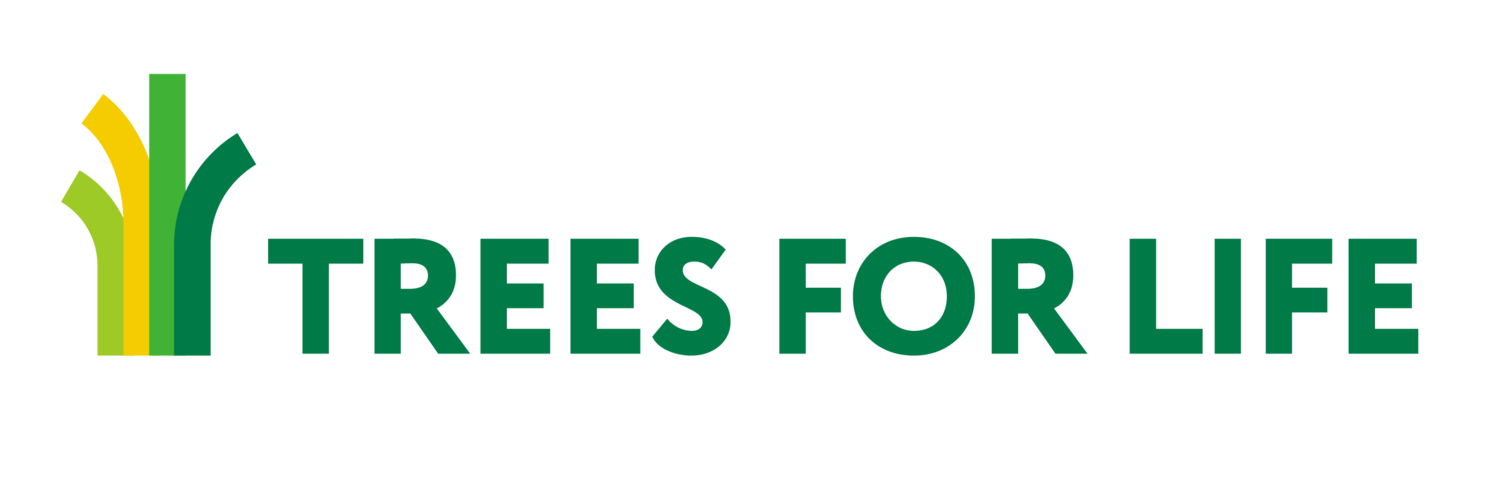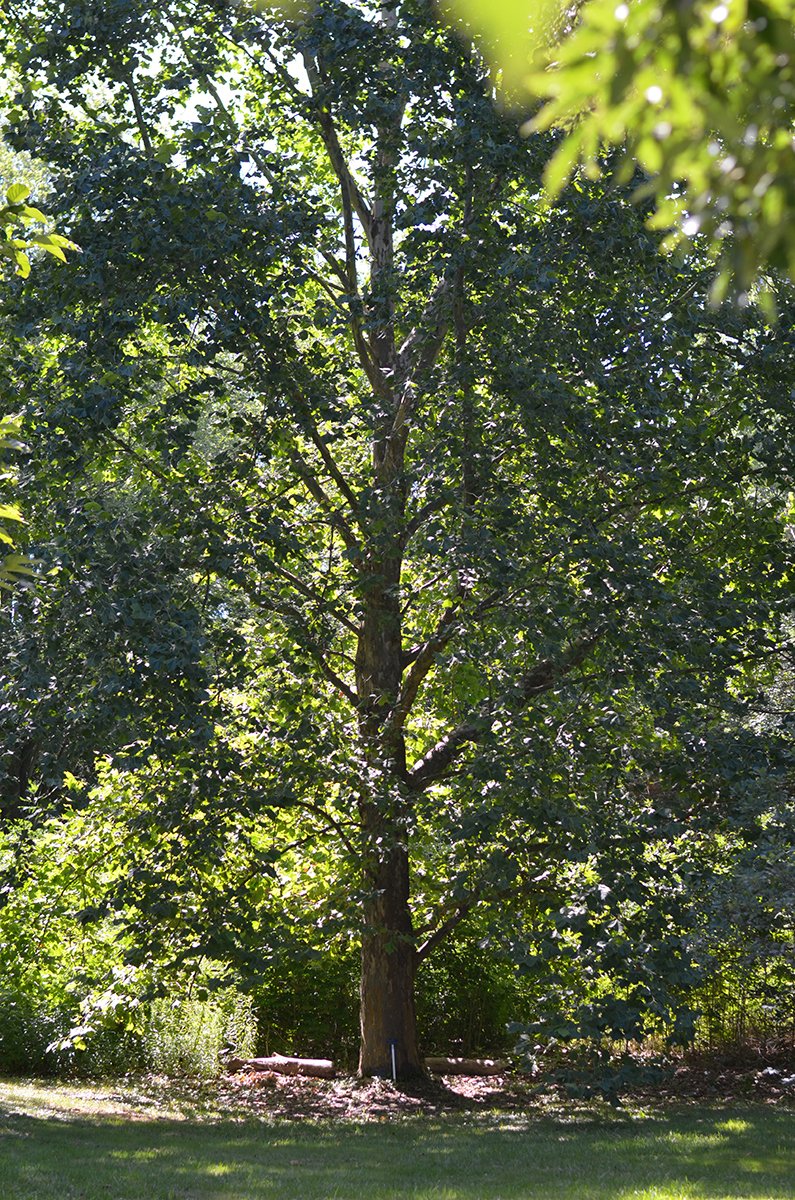Get to Know Our Natives by Nature
This month, we will Get to Know the The Sycamore
Scientific name: Platanus occidentalis
Other common names: American sycamore, buttonwood, American planetree
What sycamore looks like
Size and shape
Large tree reaching 35 metres tall.
Leaves
Large, maple-like leaves.
Have prominent, encircling "stipules" or leaf-like attachments at the base of the leaf stalk.
Bark
Distinctive, patchwork bark that flakes off to reveal white, green and cream-coloured inner bark.
Flower
Ball-shaped clusters that mature into fruit (seeds).
Fruit
Solitary, firm ball-like groups of many hairy seeds.
Where sycamore is found
Sycamore is found naturally in scattered locations across Southwestern Ontario to the Toronto area, with outlying pockets as far north as the Collingwood-Thornbury area.
What you need to know to grow sycamore
Moisture: grows best in moist soils and tolerates seasonal flooding.
Soil: grows best in rich soils and tolerates heavy clay.
Shade: can grow in part shade or full sun.
Cautions:
root system: Like many willow species, sycamore has a shallow, fibrous root system that can get into septic beds and sewage pipes as it searches for water
size: Give sycamore trees plenty of space to grow as they can be one of the largest (height and width) broadleaf trees in eastern North America, especially on rich floodplains
Benefits of sycamore
Wildlife benefits
Sycamore is not a major food source for wildlife, although some birds eat the seeds. Sycamore trees also provide habitat and shade.
Sources: https://www.ontario.ca/page/sycamore





